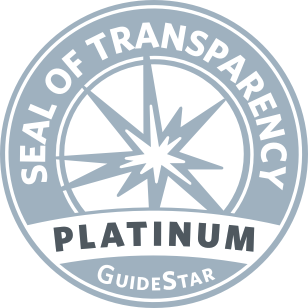
While thyroid eye disease (TED) is not one of the conditions we fund research for, the Foundation Fighting Blindness is committed to supporting people affected by vision loss. In partnership with organizations focused on TED, we provide educational resources and host community events that connect individuals with the broader blind and low vision community. These efforts strengthen support and awareness, while our core mission remains driving research to advance treatments and cures for blinding retinal diseases.






